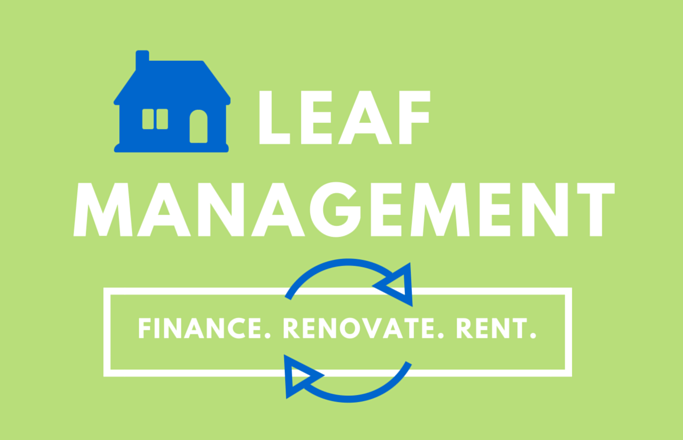Should You Furnish Your Rental Property? 5 Pros & 5 Cons
Renting to tenants can often be difficult, and it’s important to make your units appealing to potential customers. For this reason, furnishing a home can often make it look more inviting. That being said, it can also cost a pretty penny to do this, so you might want to consider the pros and cons before investing in it.
PROS OF FURNISHING YOUR RENTAL PROPERTY
There are many pros to furnishing a rental apartment. Firstly, you can charge a higher rent.
1. YOU CAN CHARGE A HIGHER RENT
Perhaps most importantly, furnishing your house or apartment means that you can charge a higher rent: Furnished properties earn 15-50% more than unfurnished ones, and that can mean 20% higher rent. If you are looking at a short-term rental, this can lead to 50% higher rent, which is quite significant.
2. THERE IS A HIGHER SECURITY DEPOSIT
If your unit is furnished, you are justified in charging a higher security deposit, which is an excellent way to make a bit more off of your investment. Honestly, tenants understand how costly and time-consuming it is to furnish an apartment, so they are often willing to pay more. This significantly increases the security deposit: Two months’ worth of rent is typical.
3. YOUR PROPERTY MAY BE RENTED MORE SWIFTLY
Furnished apartments are extremely convenient: Renters don’t have to worry about finding a way to move the furniture they currently have or pay for new pieces. Instead, they can simply step inside and be ready to go. This means that your property will likely be rented a lot faster than it would be otherwise. If you are looking for a quick return on your investment, furnishing the home is probably a good idea.
4. YOU WILL PROBABLY HAVE MORE PROSPECTIVE TENANTS
If you have furnished your rental, you are probably going to attract both short-term and long-term buyers, which means the place will likely not stay vacant for long.
5. YOU WILL HAVE A GREATER MANAGEMENT ROLE
Tenants usually understand that you can enforce stricter rules when it comes to maintaining the property. This relationship often reduces damages, leading to fewer costs for you.
In short, furnishing your rental property boasts a myriad of benefits.
CONS OF FURNISHING YOUR RENTAL PROPERTY
Like everything in life, furnishing your rental unit also has its cons. Namely, there is a greater risk of tenant damage.
1. TENANTS HAVE LESS FLEXIBILITY
Furnishing a unit can lead to less satisfied tenants, believe it or not. This is because they don’t get to customize the space to their own tastes, so they may feel like it is not quite as cozy as they’d like it to be. In short, they often do not feel at home.
2. THERE IS A GREATER RISK OF TENANT DAMAGE
Tenants can potentially damage the furniture, rugs, etcetera. This could lead to higher costs for you.
3. THERE IS A POSSIBILITY OF VALUE DEPRECIATION OVER TIME
If there is furniture damage or the like, and you cannot find an appropriate replacement, this could lead to mismatched furniture, which lowers the appeal of the rental home and could potentially lead to value depreciation over time. It would also mean that you could probably not charge as much in the future.
4. FEWER LONG-TERM TENANTS
Furnished rentals are usually great for short-term tenants, but long-term renters often want to bring their own belongings with them since they have a personal attachment to them. This will likely mean that you don’t have long-term tenants, so the return on your investment may not be as consistent or predictable as it would with an unfurnished rental over a long period of time.
5. YOU MAY EXPERIENCE HIGHER TURNOVER
If you have a furnished rental, you will likely experience short-term leases, which means high tenant turnover. Maintenance between each tenant can be costly, and the place may stay vacant for a long period of time, which could be quite costly.
In short, renting out a furnished home is a high-risk, high-reward venture: You could potentially earn a great deal of money, but the income will likely be more unpredictable, and it will probably be quite costly to maintain the place between tenants. In addition, property damage is more likely.
